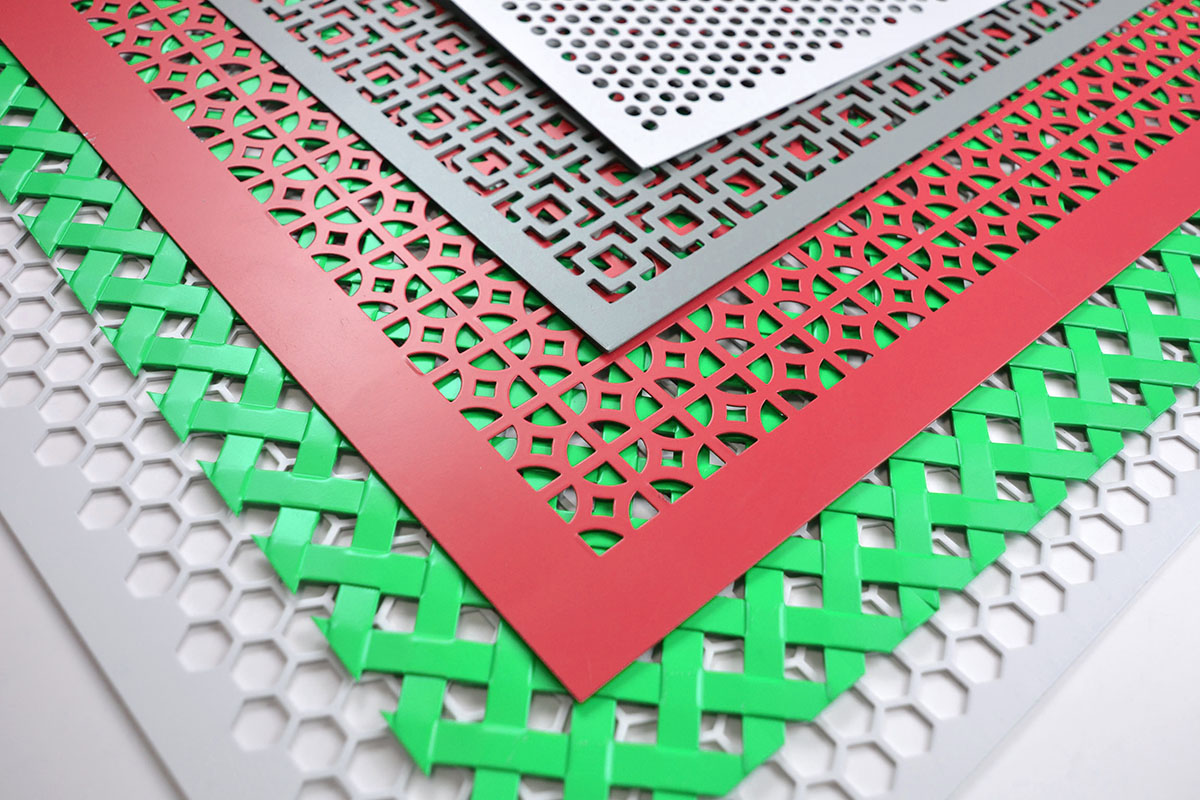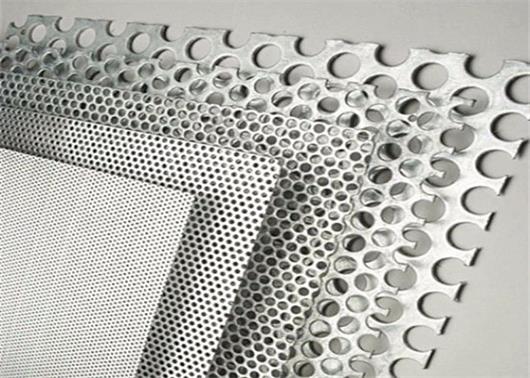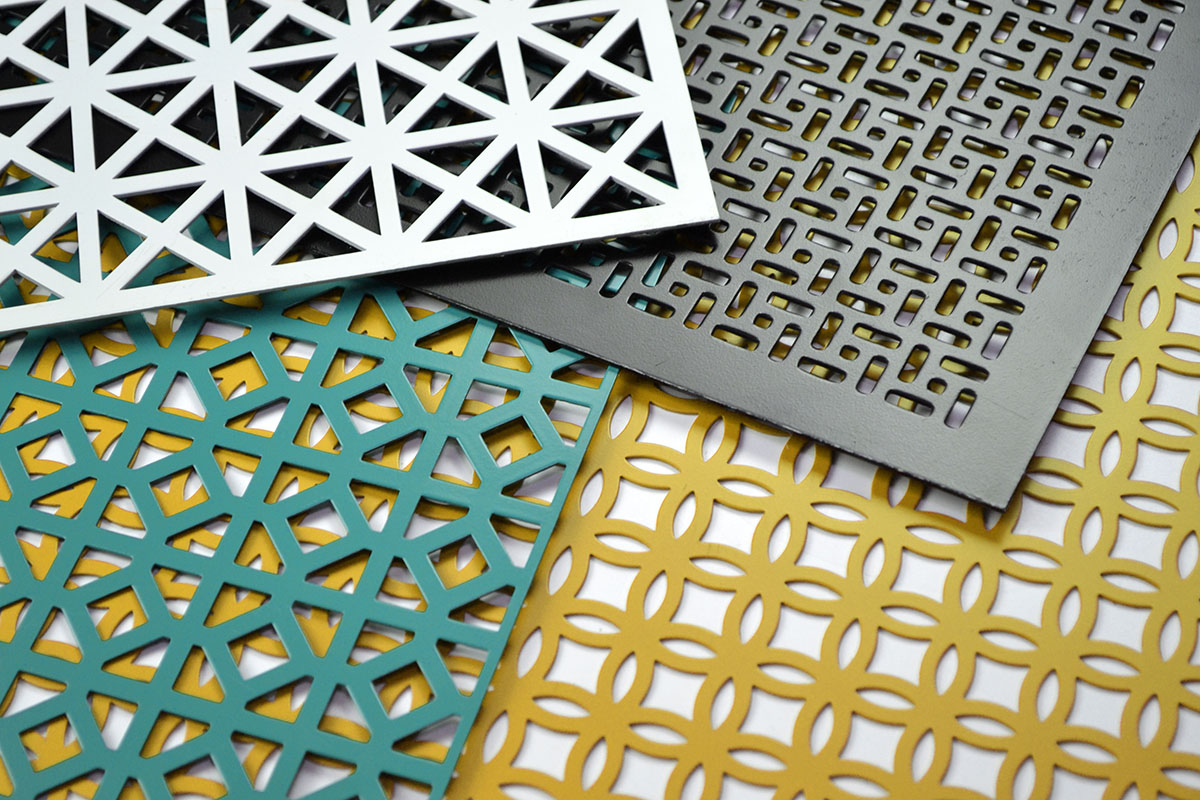Struggling to Choose the Right Perforated Plate?
Selecting the optimal perforated plate for your project can be challenging, given the variety of materials, hole patterns, and thicknesses available. The right choice ensures durability, functionality, and aesthetic appeal—but where should you begin?
1. Define Your Application
Start by determining the plate’s intended use. For architectural applications, materials like aluminum or stainless steel provide durability and visual appeal. In industrial settings, heavy-duty steel is often preferred for its strength. Additionally, consider environmental factors—whether the plate will be used indoors or outdoors—as this influences material selection and coating requirements.
2. Choose the Right Material
Each material offers distinct advantages:
Stainless Steel – Excellent corrosion resistance, ideal for outdoor or food-grade applications.
Aluminum – Lightweight and rust-resistant, perfect for decorative panels and façades.
Carbon Steel – High strength and durability, suited for heavy-duty industrial uses.
Galvanized Steel – Zinc-coated for enhanced rust resistance, ideal for outdoor environments.
Which material aligns best with your project’s demands?
3. Select the Optimal Hole Pattern and Size
Hole shape and size significantly impact airflow, light transmission, and structural integrity. Common options include:
Round Holes – Highly versatile, commonly used in filtration and soundproofing.
Square Holes – Modern aesthetic, ideal for architectural designs.
Slotted Holes – Excellent for ventilation and drainage applications.
Hexagonal Holes – Lightweight yet strong, often used in safety panels.
Larger holes improve airflow, while smaller holes enhance strength. What balance does your project require?
4. Consider Thickness and Sheet Size
Thicker plates offer greater durability but may reduce flexibility. Typical thicknesses range from 0.5mm to several millimeters, depending on the application. Additionally, ensure the sheet dimensions align with your project requirements to minimize material waste.
Selecting the right perforated plate involves evaluating material, hole pattern, thickness, and sheet size. Whether prioritizing architectural elegance, industrial robustness, or functional ventilation, a well-informed choice ensures project success.
Request a Quote
Please email us via the contact form below, we will get back to you as soon as possible.










